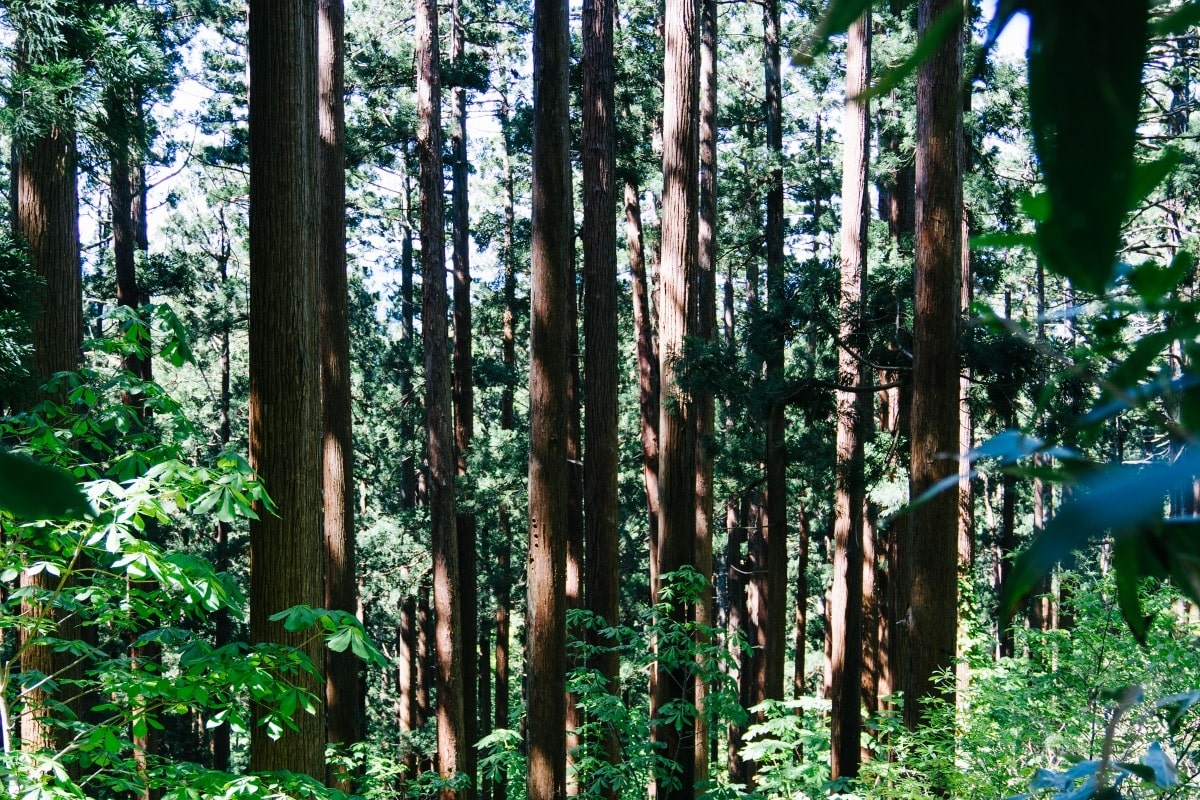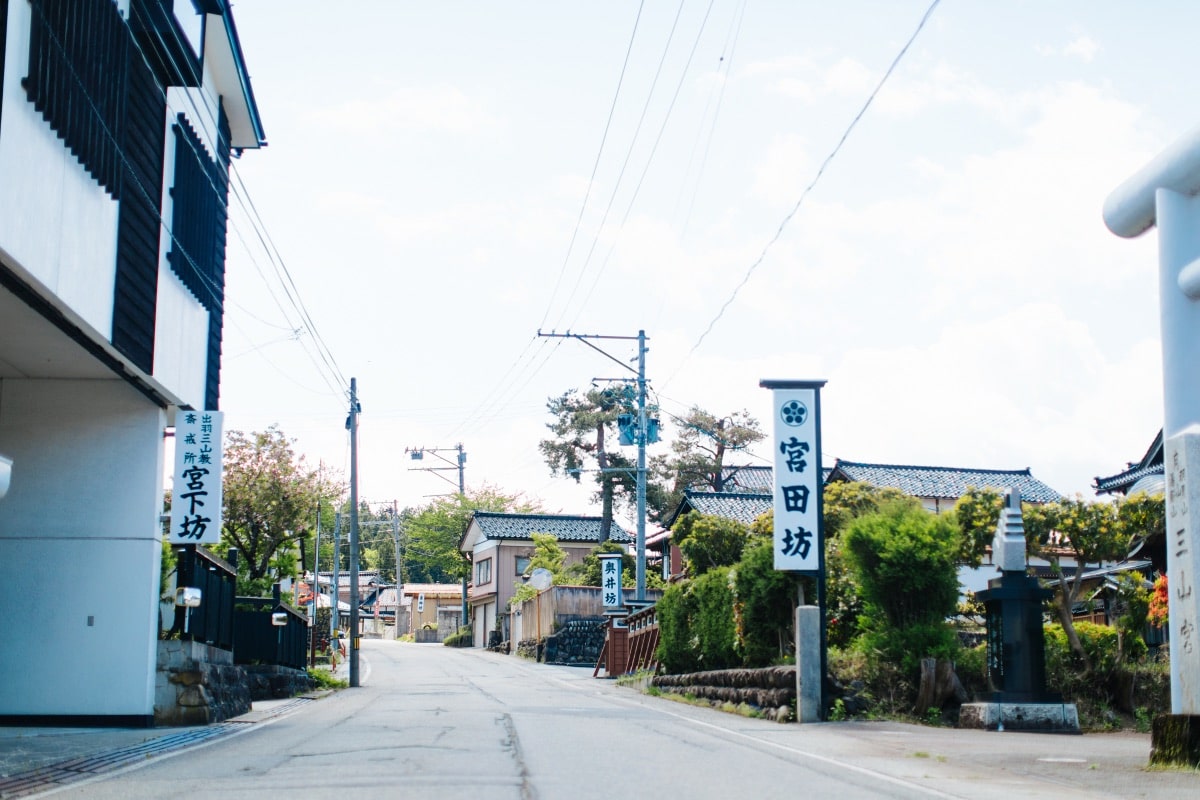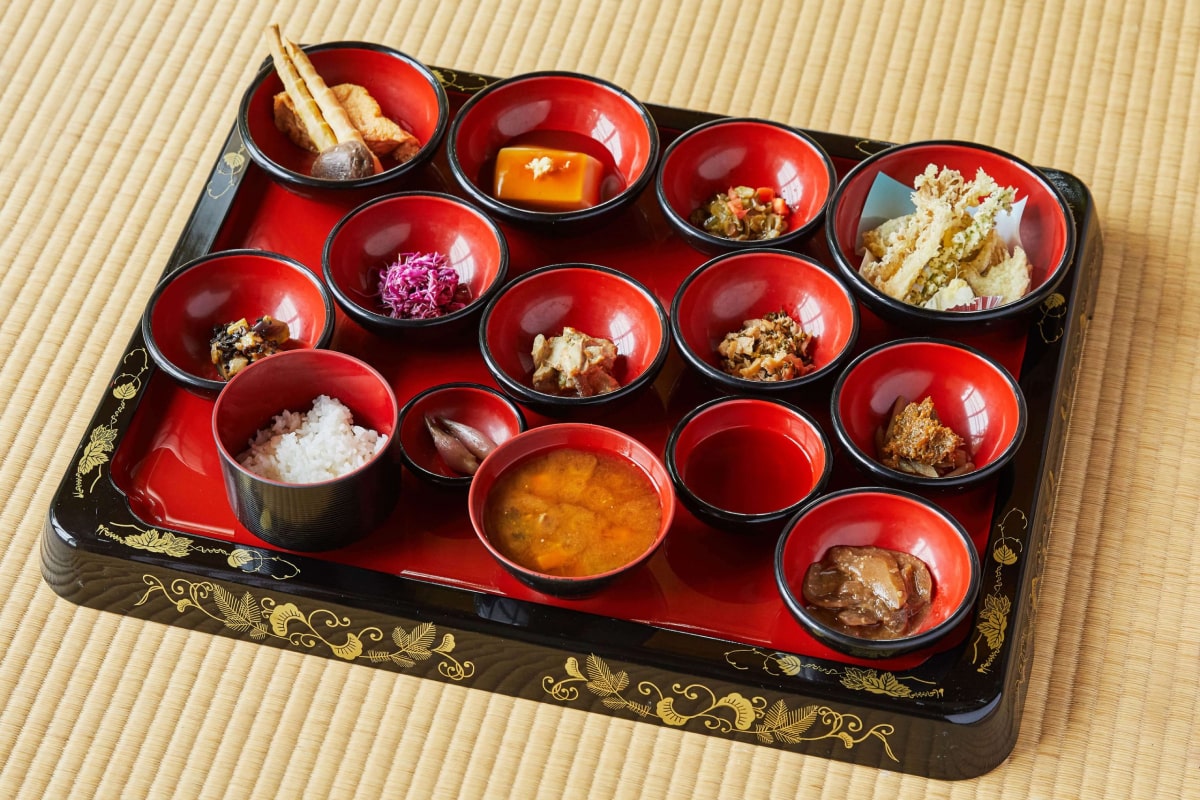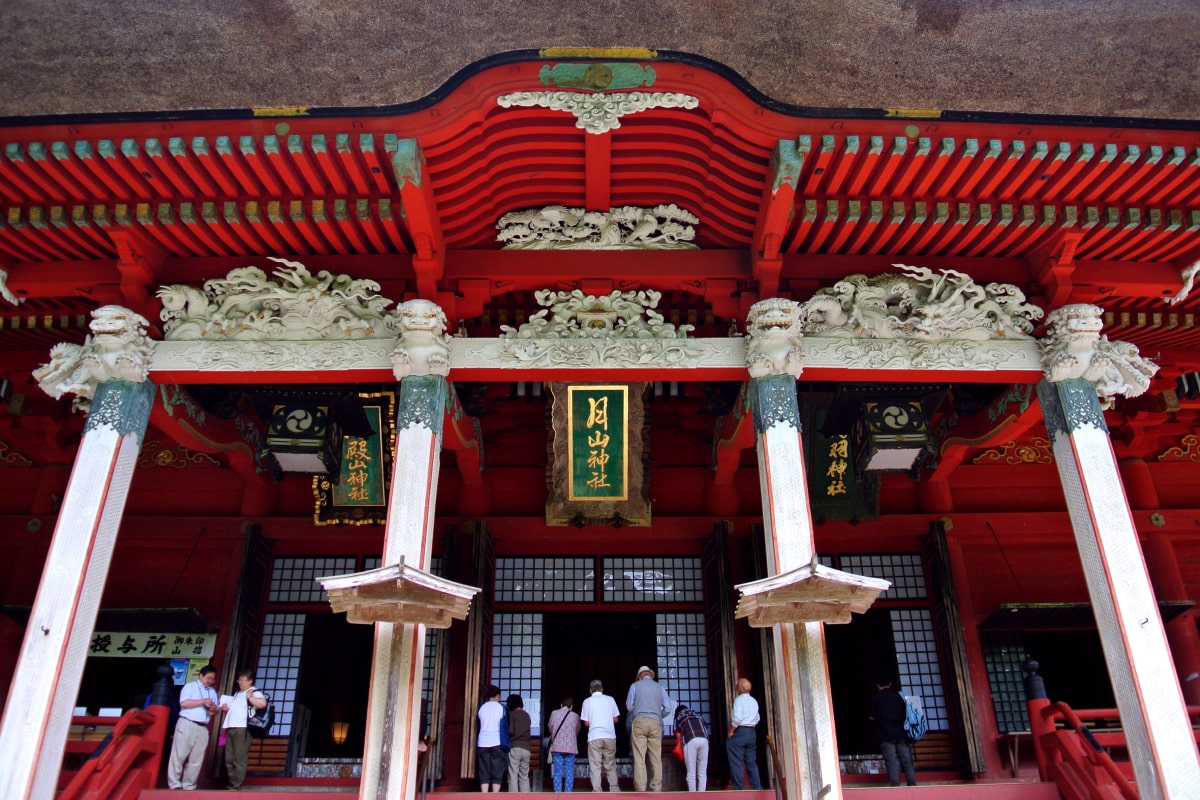Website launched.
Latest News
Your Gateway to the Dewa Sanzan
"Dewa Gateway" is the gateway for first-time visitors to the Dewa Sanzan. Rather than simply providing general tourist information, "Dewa Gateway" provides insights about the region’s traditions passed down from our ancestors, and is a gateway connecting everyday lives with a sacred land where an active faith still lives.
Sharing this knowledge is all in an effort to make your experience on the Dewa Sanzan much more worthwhile.
Protecting and passing on handed down traditions of the Dewa Sanzan

The Dewa Sanzan
 ©︎Haguro Tourist Association
©︎Haguro Tourist Association
The sacred Dewa Sanzan, a genuine example of Shinto-Buddhist fusion.
The Dewa Sanzan is the collective term for the three sacred mountains of the former Dewa Province, Mt. Haguro, Mt. Gassan, and Mt. Yudono. Together, these mountains are one of the most sacred locations representative of the Shugendo belief in Japan.
Japan is a mountainous country, with mountains accounting for more than 70% of the terrain. Mountains have been a central part of Japanese lives from the time of our oldest ancestors, supporting our lives and livelihoods in innumerous ways. Mountains provide a source of water, create gathering sites for flora and hunting grounds for fauna, and are landmarks for fishers to get their bearings. At the same time, mountains have sometimes threatened our lives with devastating volcanic eruptions and landslides. It’s on these very mountains that the existence of kami and buddha were superimposed. Through mountain worship in the mountains one can acquire special powers called Genriki. Genriki can then be used to help those in need.
One of the major features of Shugendo is Shinbutsu-konko, the fusion of Shinto and Buddhism. This mixing of Shinto and Buddhism existed for almost one thousand years up until the Meiji period (1868-1912). The Meiji government, which aimed to build a nation centered on Shinto, separated Shinto and Buddhism. Shugendo, which embodied a fusion of Shinto and Buddhism, was prohibited. As a result, the sacred lands following Shugendo around Japan faced many hardships. However, the Dewa Sanzan overcame these difficult times and continues to be worshiped the same way it was before the Meiji period.
-
Learn more
scroll



Guide

- Dewa Sanzan Shrine of Mt. Haguro Year round
- Mt. Gassan Shrine July 1st - September 15th
- Mt. Yudono Shrine June 1st - November 1st
- Haguro-Gassan road End of June - End of October
- Mt. Yudono toll road April 29th - November 3rd
A downloadable pdf map is available with information on popular places, shrine locations, and parking lots etc.
For access options, please see this page.
-
Keep your pet(s) leashed.
-
Use restrooms before entering the mountain.
-
Watch out for falling snow and tree branches.
-
No smoking.
-
Plant collection prohibited.
Guide to Toge
-
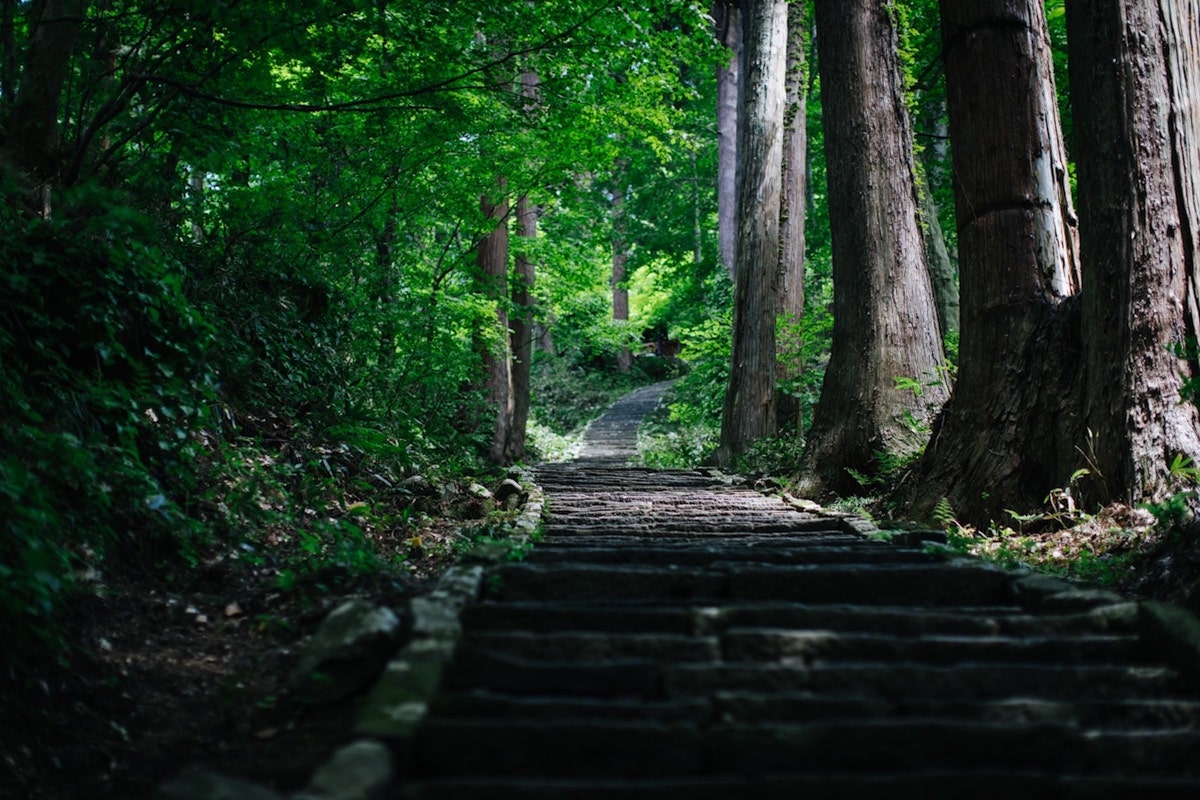
Dewa Sanzan Shrine
Dewa Sanzan Shrine is nestled amongst the lush forests of Mt. Haguro. It is possible to reach the shrine area by bus or car, but for those physically able, we recommend taking the stone steps from the Zuishinmon gate at the base of Mt. Haguro.
As you descend the stone steps, listen to the sounds of nature. Hear the murmuring of the Haraigawa River and the wind passing through the trees. From the mountains, to the rivers, rocks and trees, since ancient times, the Japanese have sensed kami in nature, an ancient concept from Shintoism that lies at the root of Shugendo.
The kami of Mt. Haguro, Mt. Gassan, and Mt. Yudono are enshrined at the Sanjingosaiden (Dewa Sanzan Shrine) at the summit of Mt. Haguro. Before visiting the shrine, purify your body by rinsing your hands and mouth out in the Temizusha (purification trough) near the entrance. Once purified, you can earnestly give thanks to the kami for being born and everyday of life.*
Shime, meaning barrier, are delicate paper necklaces modeled off the yamabushi Yuigesa sashes they draw power from, and are used to ward off evil while on the mountains. Shime are only available at sacred places of Shugendo, and can be purchased at the small stalls in front of the Zuishimon gates and in Sanshuden (the main shrine building of Dewa Sanzan Shrine) on Mt. Haguro. Wearing a shime fortifies body and mind, and is a great addition to any trip to the Dewa Sanzan.
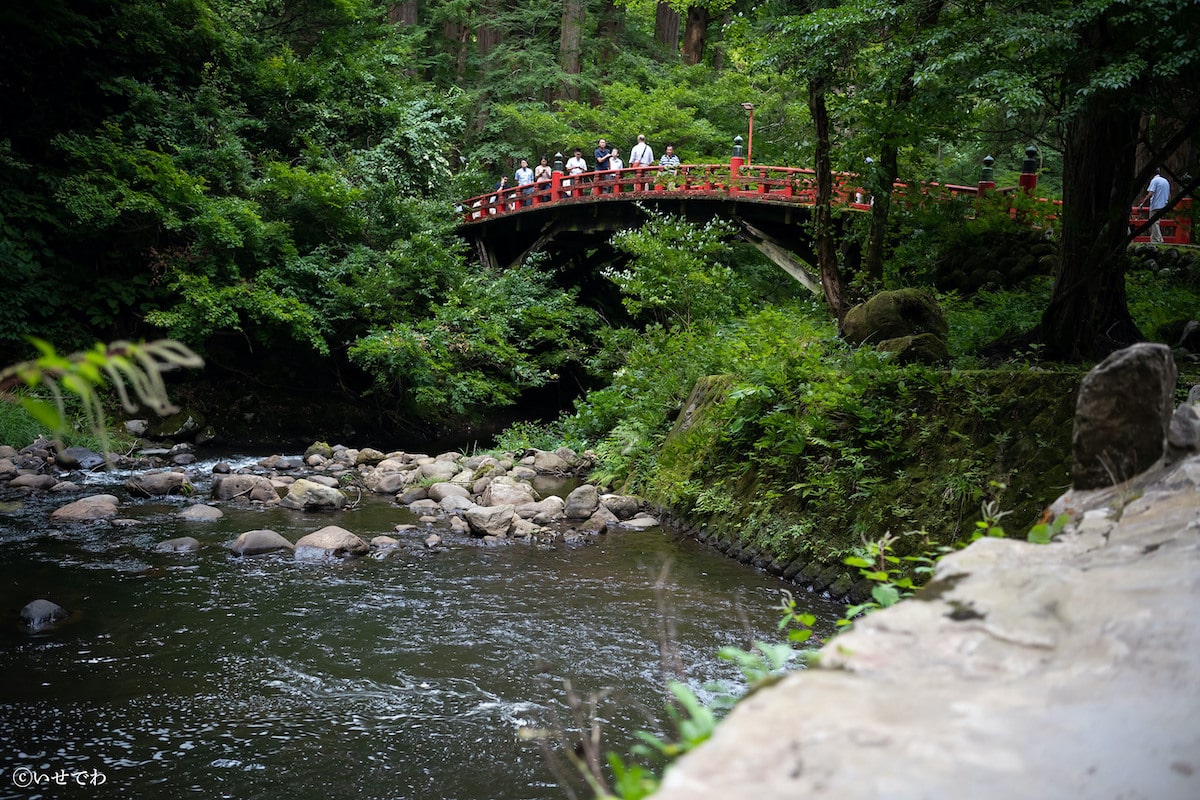

-

Hagurosan Kotakuji Shonzen’in Temple
Shozen'in TempleAn illustration on a wooden block dating back to the late Edo period (1603-1868) entitled ‘Mt. Yudono, Mt. Gassan, and Mt. Haguro in one illustration’ depicts the Toge Shukubo pilgrim’s lodge village of the time in great detail. In the illustration the eye is immediately drawn to the temple complex housing Hagurosan Shozen’in Kotakuji Temple, its Koganedo Hall, and the Otakedainichido Hall, located next to the Torii gates in the center of the village. Shozen’in Temple’s prominence is due to the fact that at the time, it was the first stop for worshippers entering the Dewa Sanzan from the Haguro entrance. Shozen’in Temple also marks the exact spot where visitors to the area placed their hands together in prayer for the kami and buddha, and where they were undoubtedly awestruck at the sheer scale of the temple complex that stretched the base of the mountain. These days, many of the very same temple buildings depicted are managed by Shozen’in Temple.
Up until the Meiji Period (1868-1912), Mt. Haguro was a Shinbutsukonko (fusion of Shinto and Buddhism) peak centered around Kannon Bodhisattva worship. Kannon is a Bodhisattva who listens to the people and eases their suffering, earning a large following in the process. Although it may seem contradictory, according to the fusion of Shinto and Buddhism, buddha and their Shinto kami manifestations were worshipped on Mt. Haguro in their fused form before the Meiji Period. However, the Meiji Period also brought with it policies that forced the separation of Shinto and Buddhism. Many of the Buddhist temple buildings on Mt. Haguro were destroyed, and many of the Buddhist statues were removed from the mountains. Surviving through this period of strife, Shozen’in Temple currently oversees many of the precious statues worshiped until this time.
When visiting Toge, we recommend first stopping at Shozen’in Temple and putting your hands together in prayer to pay your respects to the buddha of Mt. Haguro that have been lovingly looked after since before the Meiji Period. This was the conventional way to pay a visit to Toge until the end of the Edo Period (1603-1868).
photo credit: ©︎Mt. Haguro Kotakuji Shozen’in Temple

-

The Shukubo Pilgrim’s Lodges of Toge
Ko signifies groups of people coming together. Originally gathering for the sake of hearing the teachings of Buddhism, over the course of time Ko became synonymous with spontaneous gatherings.
Multiple groups gathering on the Dewa Sanzan, not only from the Tohoku region of northern Honshu, but east Japan as a whole, began a tradition of Ko that has passed down over generations.
The yamabushi of the shukubo pilgrim’s lodges connect Ko and the Dewa Sanzan. During the winter months, the yamabushi visit Ko followers in their respective locations, distribute ofuda amulets, and host the followers in the shukubo during their visits to the Dewa Sanzan in summer. In the shukubo, Ko groups enjoy Dewa Sanzan Shojin Ryori (ascetic cuisine) that uses copious amounts of locally sourced ingredients, and partake in purification rites and prayers before paying a visit to the sacred mountains. According to travel diaries of the time, during the Edo period (1603-1868), many Ko groups based their travel to the Dewa Sanzan here in the Toge area.
Shukubo take on these traditional roles even until today, however there are also shukubo that accept guests from the general public. Purifying body and soul by staying in a shukubo and having Dewa Sanzan Shojin Ryori before paying your respects to the kami and buddha is an unmissable Dewa Sanzan experience.


Related Sites
Program
-
-

Yamabushi trainings, guided hikes, and other self-development experiences to introduce traditional spiritual culture into the modern world.
-
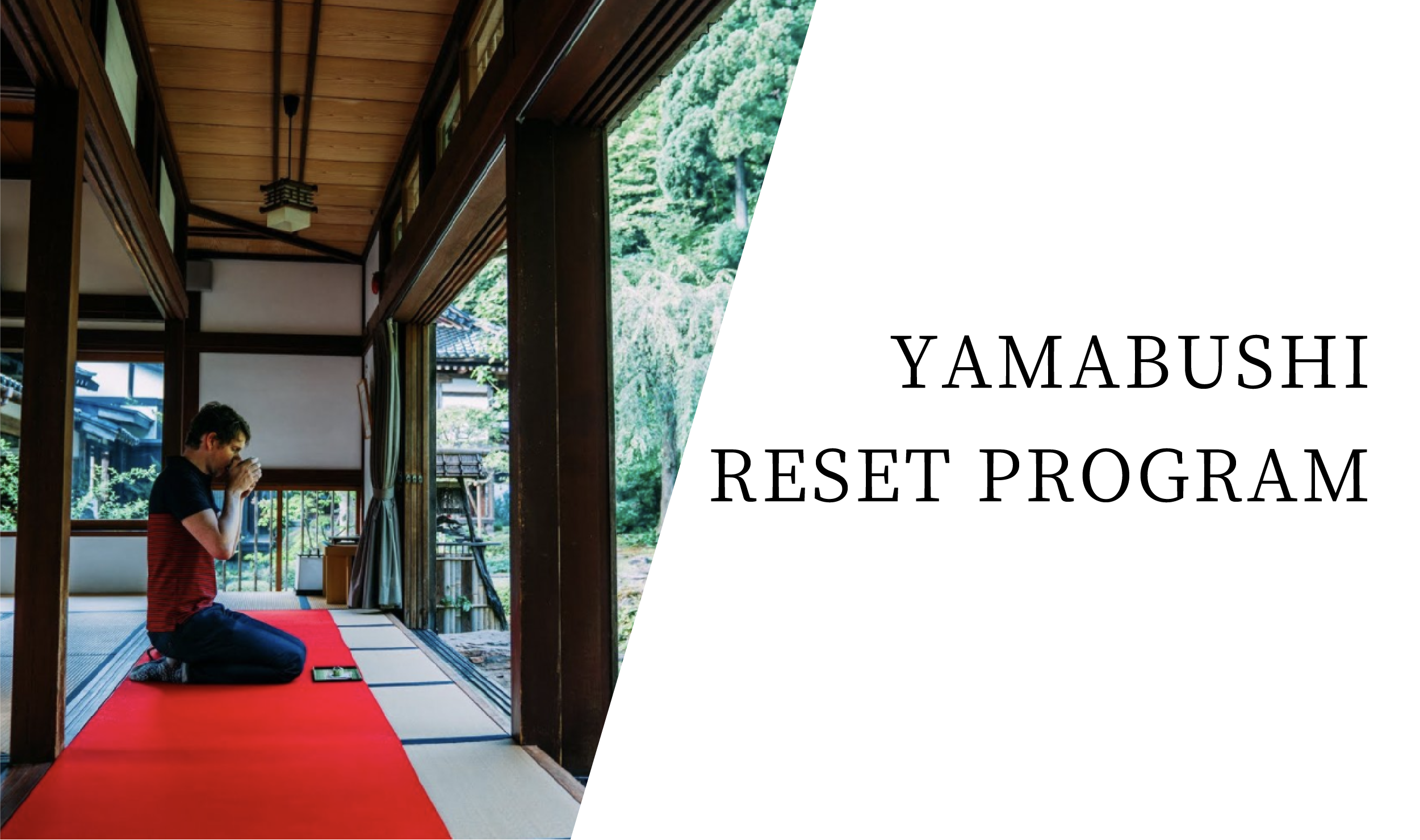
Three-day program on Mt. Haguro incorporating core elements of yamabushi training and Zen Buddhism with more modern methods of reflection focused on a spiritual reset of body and mind.
-

Climb the stone stairway of Mt. Haguro in the traditional way with a Shime necklace providing protection from evil.
About us
Bringing you the unique culture of the Dewa Sanzan that is alive in us.
The Dewa Sanzan Monzenmachi Project was formed by volunteers from near and far with the aim of reassessing the value of the Dewa Sanzan in the current and future society, and creating a way to support a sustainable local community.
Since our founding in 2017, we have worked hard to contribute to many aspects of the Dewa Sanzan such as events supporting the local community, helping to preserve the cedar trees of Mt. Haguro, and bringing in more visitors from overseas.
Through these, we came to realize that learning from the history of the Dewa Sanzan, honoring the wishes of the ancestors, and passing both on to the future generations is how we can truly do something remarkable for the local community.
We turn our attention to those who have offered their prayers to the Dewa Sanzan, those who have taken on the history and traditions of the local community, and those who are currently preserving and passing them on, and endeavor to tell the world about it.
We wish to continue these activities alongside the Dewa Sanzan community starting with the Toge area of Mt. Haguro.


Report
Get in touch → Contact

